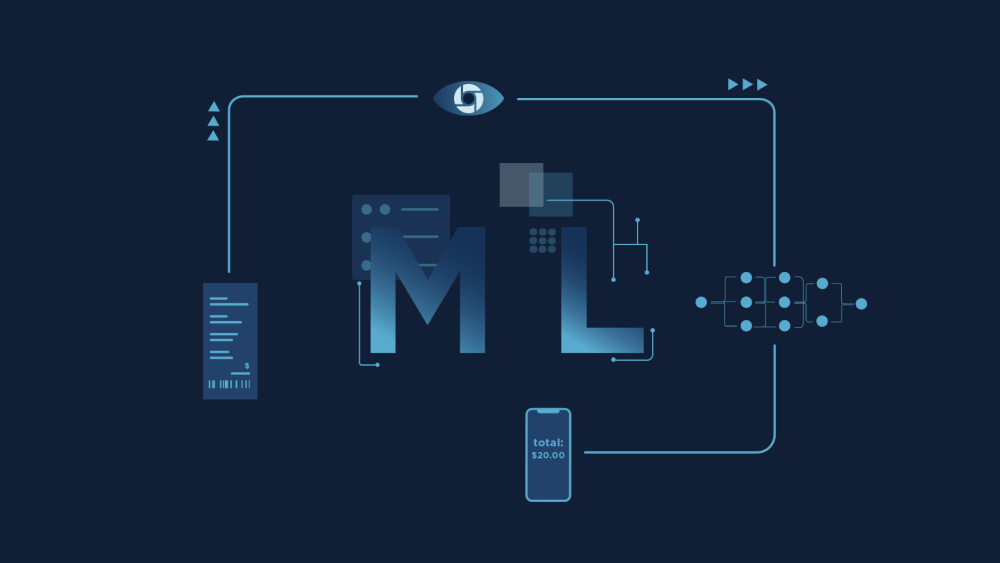Hello!!
Welcome to the new edition of Business Analytics Review!
In today’s edition, we are going to discuss the relationship between machine learning and predictive modeling. Predictive modeling is a powerful data science technique that uses machine learning and statistical methods to forecast future outcomes based on historical data.
Machine learning is integral to predictive modeling as it enhances the process of forecasting future outcomes by automating the discovery of patterns and relationships in data. With this, predictive modeling is widely applied across industries like finance, healthcare, marketing, and retail for tasks such as fraud detection, customer behavior prediction, and sales forecasting.
Role of Machine Learning
Improved Accuracy: Machine learning enhances prediction accuracy by uncovering complex data patterns missed by traditional methods
Automated Predictions and Decision-Making: ML automates predictions, saving time and resources in critical applications like fraud detection
Scalability: ML models efficiently handle large datasets, enabling real-time analysis and swift decision-making in big data environments
Real-Time Analysis: ML processes data in real-time, facilitating rapid decision-making in industries like finance and eCommerce
Complex Relationship Modeling: ML uncovers hidden correlations among variables, providing deeper data insights and enhanced predictive capabilities
Continuous Learning and Adaptation: ML models adapt to new data, ensuring predictive models remain effective over time
Customization and Personalization: ML creates tailored predictive models for specific business needs and customer preferences
Prescriptive Insights: ML offers actionable recommendations by suggesting steps to achieve desired outcomes beyond prediction
Learn more about Machine Learning from scratch and gain a competitive edge over others who didn’t. Join the masterclass
Common Machine Learning Algorithms for Predictive Modeling
Linear Regression: Predicts continuous outcomes by modeling relationships between variables
Decision Trees: A tree-like structure for making decisions based on conditions
Random Forests: An ensemble method combining multiple decision trees for improved accuracy
Gradient Boosting: Sequentially improves weak models by correcting errors of previous ones
Support Vector Machines (SVM): Classifies data by finding the optimal boundary between classes
K-Means Clustering: Groups similar data points, often used in segmentation tasks
Recommended Reads
An overview of predictive modeling, a statistical and computational technique used to forecast future outcomes based on historical data
What is Machine Learning? Learn More in this Masterclass
A 2 hour session for beginners inclusive of hands-on coding, practicing on building a house price prediction model using deep learning with PyTorch
8 Popular Machine Learning Algorithms for Predictive Modeling
Machine learning algorithms for predictive analytics, emphasizing algorithm selection based on task type, data size, interpretability, and complexity
Trending in Business Analytics
Let’s catch up on some of the latest happenings in the world of Business Analytics:
Meta is targeting ‘hundreds of millions’ of businesses in agentic AI deployment
Meta Platforms leads generative AI innovation with open-source Llama models, empowering businesses and consumers through advanced AI capabilities
Google tests AI that completely transforms search engine
Google expands AI search with Gemini 2.0, enhancing complex queries, introducing AI Mode, and experimenting with AI-only search experiences
Dutch chipmaker AxeleraAI gets $66 million EU grant
AxeleraAI secured a €61.6M EU grant to develop Titania, an energy-efficient AI inference chip, advancing Europe's AI competitiveness
Learn more about Machine Learning from scratch and gain a competitive edge over others who didn’t. Join the masterclass
Tool of the Day: PyTorch
PyTorch is a versatile framework for predictive modeling, offering customizable neural networks, dynamic computation graphs, and efficient data handling. It supports GPU acceleration and a range of loss functions and optimizers. Specialized tools like PyTorch Forecasting enhance time series forecasting capabilities. PyTorch's flexibility and scalability make it ideal for predictive tasks across various industries, including finance and healthcare.
Learn the practical implementation of PyTorch Here






Nice post.
A freelancer that help blogger to create a good online course.